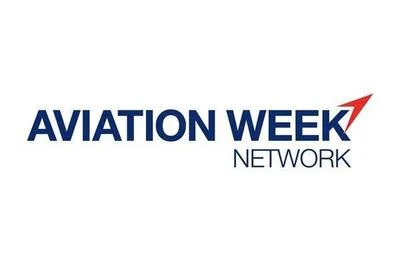The Royal Australian Air Force describes its E-7A Wedgetail as providing advanced airspace battle management capabilities. The aircraft is based on the Boeing 737 Next Generation airframe and features Northrop Grumman's Multi-role Electronically Scanned Array (MESA) radar system capable of tracking multiple airborne and maritime targets over an area of approximately 1.54 million square miles per mission.
While some roles previously handled by AEW&C platforms are shifting toward space-based ISR systems, satellites cannot loiter over areas of interest like manned aircraft can. The USAF had planned to purchase up to 26 Wedgetails as partial replacements for its remaining fleet of about 21 E-3 Sentries—down from 32 listed in service as recently as 2015—with other functions expected to transition to new reconnaissance drones such as RQ-170s and RQ-180s.
There are significant differences between stealthy ISR platforms and AEW&C planes like the Wedgetail; AEW&C aircraft have large radar cross-sections that make them visible targets despite employing Low Probability of Intercept radar technology.
Globally, Australia operates six Wedgetails; Turkey has four; South Korea also has four with more under consideration; NATO plans six; and five are planned for delivery to the UK’s Royal Air Force—which retired its own E-3s in 2021.
The vulnerability of large AEW&C platforms has become a topic of concern following recent losses: Russia lost at least two Beriev A50U AEW&Cs during operations over Ukraine despite precautions, while a British RC-135W Rivet Joint narrowly avoided destruction by a Russian fighter jet over international waters in 2022. These incidents highlight risks facing non-stealthy support aircraft amid modern threats from adversaries such as China’s Chengdu J-20 fighter jets designed specifically for long-range interception missions against enablers like AWACS planes.
Cost overruns have also plagued efforts to adapt existing export versions of the Wedgetail for U.S.-specific requirements. In June 2025, Pentagon officials cited “significant delays with cost increases from $588 million to $724 million per aircraft and survivability concerns in a contested environment” when announcing program cancellation intentions. Instead, they plan investments “including space-based capabilities and adding additional E-2D aircraft.”
Despite these challenges, Congress is considering reversing this decision: In July 2025, reporting by The War Zone indicated that House Armed Services Committee members included $600 million for continued rapid prototyping of a USAF-specific Wedgetail version within next year’s National Defense Authorization Act (NDAA). Additionally, an open letter from nineteen retired Air Force generals—including six former chiefs—urged Congress “to procure 75 F‑35As and restore E‑7 funding in full,” arguing that “the E‑2 Hawkeye is unable to meet combatant command requirements for theater-wide airborne command and control.” They referenced allied decisions supporting further procurement—including Britain’s reversal on reducing RAF orders—in their appeal.
As debate continues about whether new defense technologies render traditional AEW&C platforms obsolete or if current space-based alternatives are sufficient replacements at this stage, both US policymakers and military leaders remain divided on how best to address capability gaps left by retiring legacy fleets like that of the Boeing E‑3 Sentry.
 Alerts Sign-up
Alerts Sign-up




































